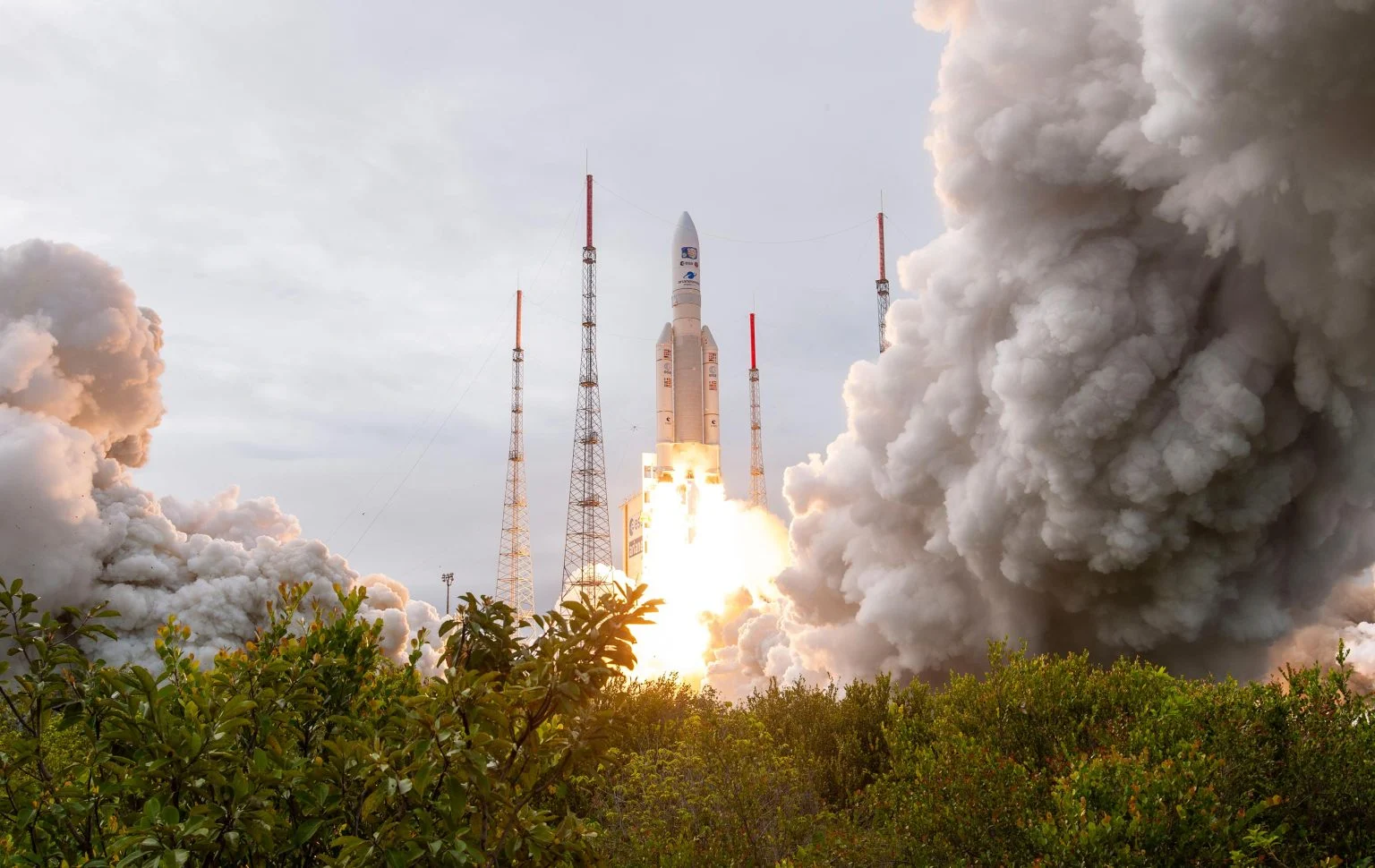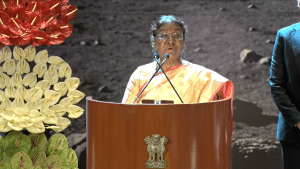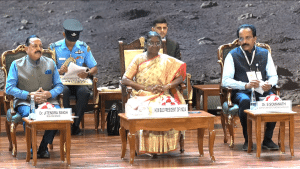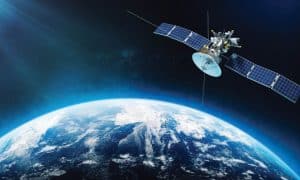As 2024 kicks into gear, ESA releases a list of launches and EOs in the coming 12 months.
After Ariane 5’s retirement in 2023, Europe’s new and versatile heavy-duty launcher Ariane 6 will continue the Ariane legacy of excellence and reliability. After years of development and construction, Ariane 6 will be ready for its first flight from Europe’s Spaceport in Kourou.
ESA will continue to collaborate internationally with NASA on the Artemis lunar programme. This spring, another European Service Module, ESM-3, for the third Artemis mission will be shipped to the United States for mating with its Orion capsule.
The first scientific data gathered by ESA’s latest space telescope, Euclid, will be revealed at the beginning of the year. Euclid was designed to explore the composition and evolution of dark matter and dark energy.
Here is the calendar of events that will take place throughout 2024:
Axiom-3: Mission Muninn launch (Marcus Wandt)

Date: Mid-January
Marcus Wandt, a member of the ESA astronaut reserve and ESA project astronaut, is currently preparing for his first mission to the International Space Station. He will be a mission specialist on Axiom-3, supported by ESA and the Swedish National Space Agency. The mission, called Muninn, will last up to 14 days, during which time Marcus will take part in microgravity research and educational outreach activities.

ESA astronaut Andreas Mogensen returning from the ISS

Date: End of February
Andreas Mogensen, the sixth European ISS commander, will lead his Huginn mission until early 2024, focusing on overseeing the crew’s activities and ensuring the Station’s safety. He is due to return to Earth by the end of February.
ESA astronaut class of 2022 graduation
Date: April
The graduation ceremony for ESA’s astronaut class of 2022 not only marks the successful completion of rigorous training, but also serves as the platform for announcing the carefully curated selections for upcoming space missions.
Galileo launches

Dates: The first launch is planned for April, with the second launch anticipated in July/September, with two satellites carried per launch.
Galileo is the world’s most precise satellite navigation system, serving more than four billion people and devices globally and enabling a myriad of applications such as transport, rail, maritime, timing services, and agriculture and rescue operations.
With over 30 years of experience in pioneering satellite navigation, ESA is entrusted by the European Commission with the responsibilities of designing, developing, procuring, testing and qualifying the Galileo system.
Ten remaining first-generation Galileo satellites are slated for launch to complete the constellation. Following this, they will be succeeded by the Galileo second generation, bringing enhanced and more powerful capabilities to the system.
As Ariane 6, the new heavy-lift launch system being developed by ESA, prepares for its inaugural flight, the EU has agreed to prepare to launch four Galileo navigation satellites with SpaceX.
EarthCARE satellite launch

Date: May
The Earth observation satellite EarthCARE (Cloud, Aerosol and Radiation Explorer) is a joint venture between ESA and the Japan Aerospace Exploration Agency (JAXA).
The satellite will investigate the role that clouds and aerosols play in reflecting incident solar radiation back into space and trapping the infrared radiation emitted from Earth’s surface to better understand the evolution of Earth’s temperature.
Ariane 6 inaugural flight

Date: Mid-June – end-July
Ariane 6, the new heavy-lift launch system being developed by ESA, will restore independent European access to space when it makes its inaugural flight between Mid-June – end-July
With Ariane 6’s upper-stage restart capability, Europe’s launch capability will be tailored to the needs of multiple payload missions. This autonomous capability to reach Earth orbit and deep space supports Europe’s navigation, Earth observation, scientific and security programmes.
Proba-3 launch

Date: Summer
ESA’s Proba-3 Mission will be launched on board the Indian Space Research Organisation’s polar satellite launch vehicle.
The two small satellites will study the Sun’s faint corona and surrounding atmosphere, as well as use innovative technologies to measure the precise positioning of the two spacecraft.
The Proba-3 mission will take off from the Satish Dhawan Space Centre in Sriharikota, Andhra Pradesh, India.
The mission’s antenna is situated on the Portuguese island of Santa Maria des Azores, with a ground station at Redu, Belgium, which is home to ESA ESEC, the European Space Security and Education Centre.
Hera mission launch

Date: October
Hera is a planetary defence mission to investigate the Didymos binary asteroid that is being developed at ESA. It is planned to be launched by SpaceX from Cape Canaveral in Florida.
Hera will provide extremely valuable information for future asteroid deflection missions and science as well as investigating asteroid geophysics, the formation of the Solar System and its evolutionary processes.
HERA’s ESA project team is at ESTEC (European Space Research and Technology Centre) in Noordwijk, the Netherlands, and the mission operations are at ESOC (European Space Operations Centre) in Darmstadt, Germany. The Science Support and Archive is at ESAC (European Space Astronomy Centre) in Madrid, Spain.
Vega-C flight

Date: Autumn
Operating from Europe’s Spaceport in French Guiana, the mid-sized Vega-C launcher will extend Europe’s autonomy in space by supporting new mission possibilities, including return-to-Earth operations with ESA’s reusable Space Rider re-entry vehicle.









